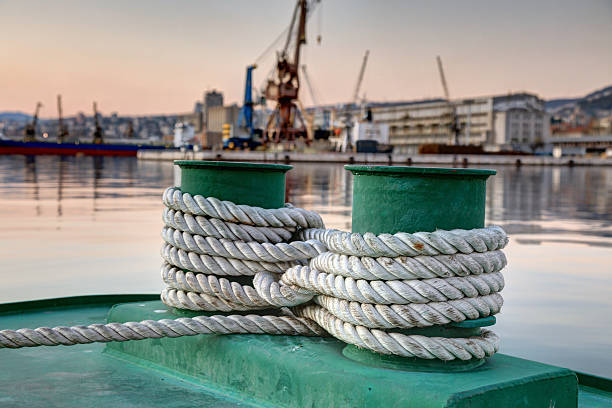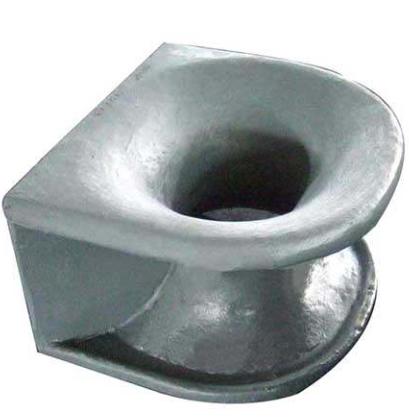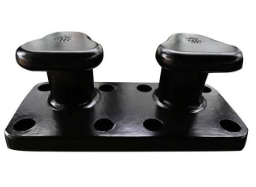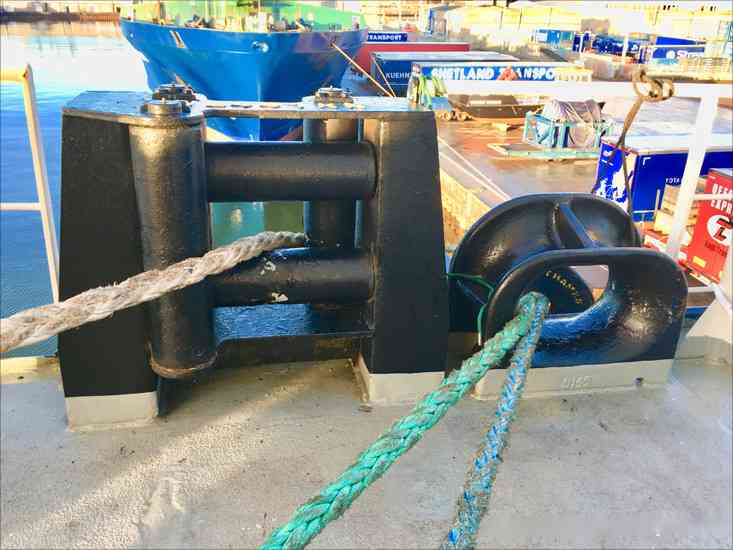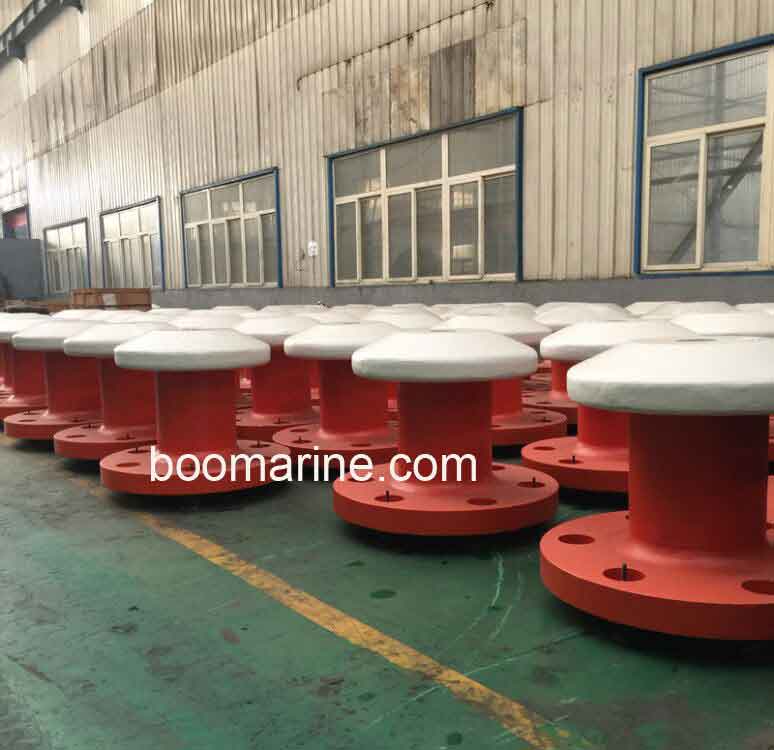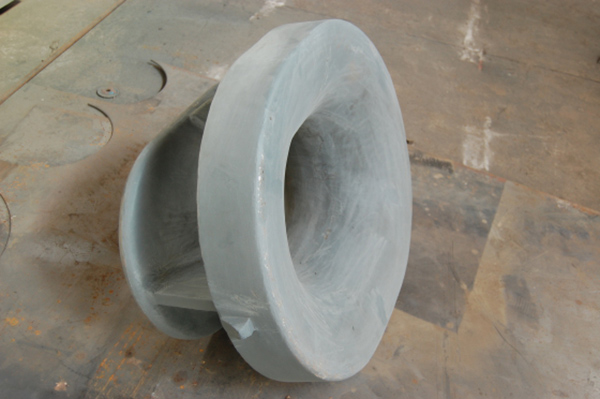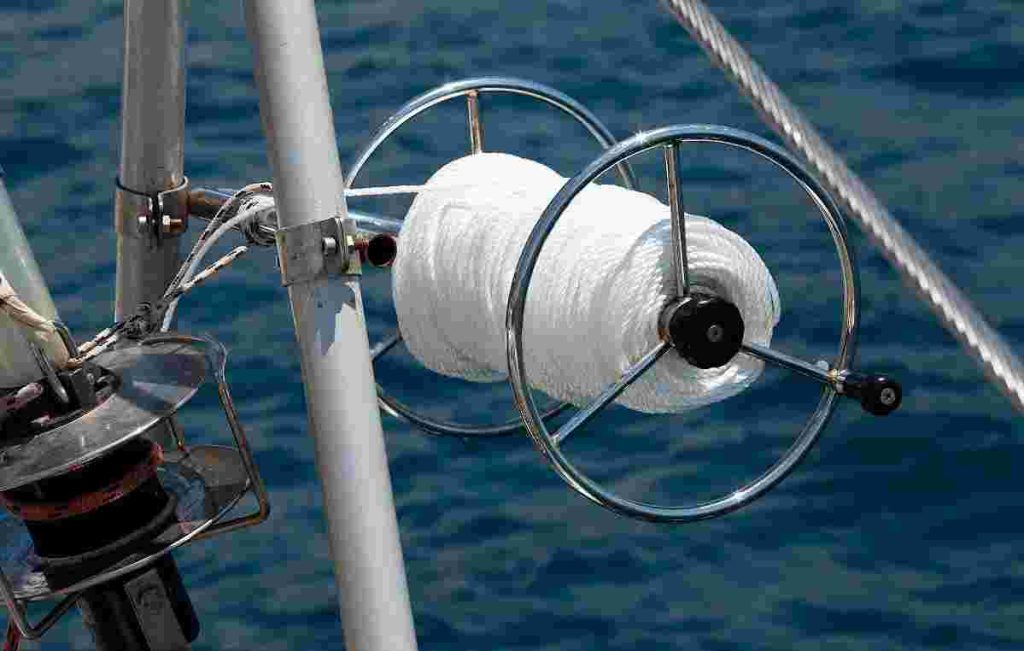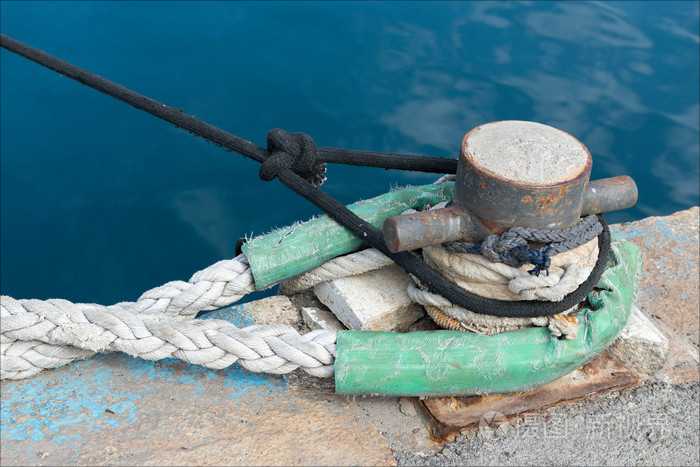Table of Contents
Mooring chocks are critical components in ship berthing operations, providing stability, safety, and load distribution. These robust fixtures, typically made of high-strength materials, are designed to securely anchor mooring ropes during the docking and undocking processes. Mooring chocks play a vital role in preventing excessive ship movements, ensuring proper alignment of mooring ropes, and distributing the forces exerted by the lines across the ship’s hull or port infrastructure. By understanding the importance of mooring chocks and their proper design, material selection, and installation techniques, ship operators and port authorities can enhance the safety, efficiency, and longevity of berthing operations.
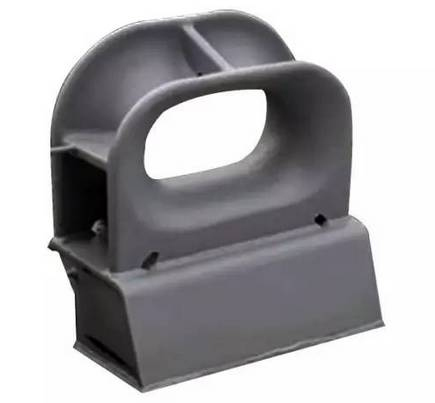
Mooring chocks are subject to wear and tear in daily use and proper maintenance and inspection practices are essential to ensure optimum performance and longevity.
Factors Influencing Mooring Chock Design and Selection:
- Vessel size and type: The size and type of vessel determine the load requirements and mooring line configurations. Mooring chocks should be designed and selected to accommodate the specific needs of the vessel.
- Berthing conditions: Consider the prevailing environmental conditions, such as wave heights, tidal forces, and wind speeds. Harsh conditions may require more robust and specialized mooring chocks.
- Mooring line characteristics: Take into account the diameter, type, and material of the mooring lines. The design of the chocks should be compatible with the mooring lines to ensure proper alignment, security, and load distribution.
- Port infrastructure: The design and availability of the port infrastructure can influence the selection of mooring chocks. Consider factors such as mounting options, space constraints, and compatibility with existing infrastructure.
- Industry regulations and standards: Adhere to applicable industry regulations and standards governing mooring chocks, such as those set by classification societies or port authorities. Compliance with these guidelines ensures safety and consistency in design and selection.
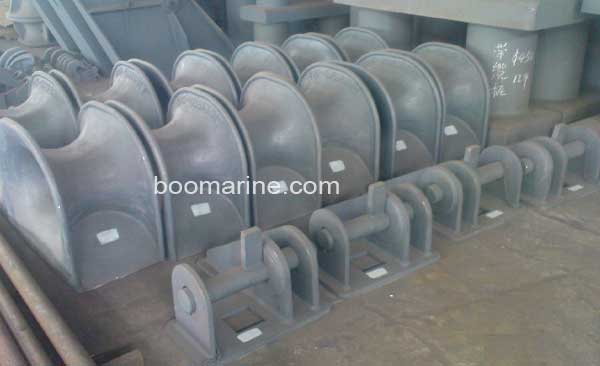
Importance of Material Selection for Mooring Chocks:
- Strength and durability: Mooring chocks should be constructed from high-strength materials capable of withstanding the loads and forces exerted during berthing. Materials such as cast steel, stainless steel, or high-strength alloys are commonly used for their strength and durability.
- Corrosion resistance: Given the marine environment, mooring chocks must have excellent corrosion resistance to prevent degradation and maintain their structural integrity. Corrosion-resistant materials, such as stainless steel or marine-grade alloys, are recommended.
- Friction and wear resistance: The material selection should consider minimizing friction and wear between mooring lines and chocks. Smooth and wear-resistant materials or appropriate surface coatings can help reduce wear and prolong the lifespan of the chocks.
Proper Installation Techniques and Guidelines for Mooring Chocks:
- Determine the correct positioning: Before installation, carefully assess the berthing requirements, vessel size, and mooring line configurations to determine the optimal positioning of the mooring chocks. Consult relevant guidelines and regulations for specific requirements.
- Prepare the mounting surface: Ensure that the mounting surface, whether the ship’s deck or port infrastructure, is clean, free from debris, and structurally sound. Remove any obstructions or protrusions that could hinder the proper installation of the mooring chocks.
- Select appropriate fasteners: Choose high-quality and corrosion-resistant fasteners suitable for the mounting surface. Bolts or studs with appropriate strength and size should be used to securely fasten the mooring chocks.
- Align and secure the chocks: Align the mooring chocks according to the determined positioning. Use appropriate tools and techniques to secure the chocks tightly to the mounting surface, ensuring that they are properly anchored and resistant to movement.
- Verify installation integrity: Conduct a thorough inspection to ensure the mooring chocks are securely installed. Check for proper alignment, tightness of fasteners, and stability of the chocks. Address any issues or deficiencies immediately.
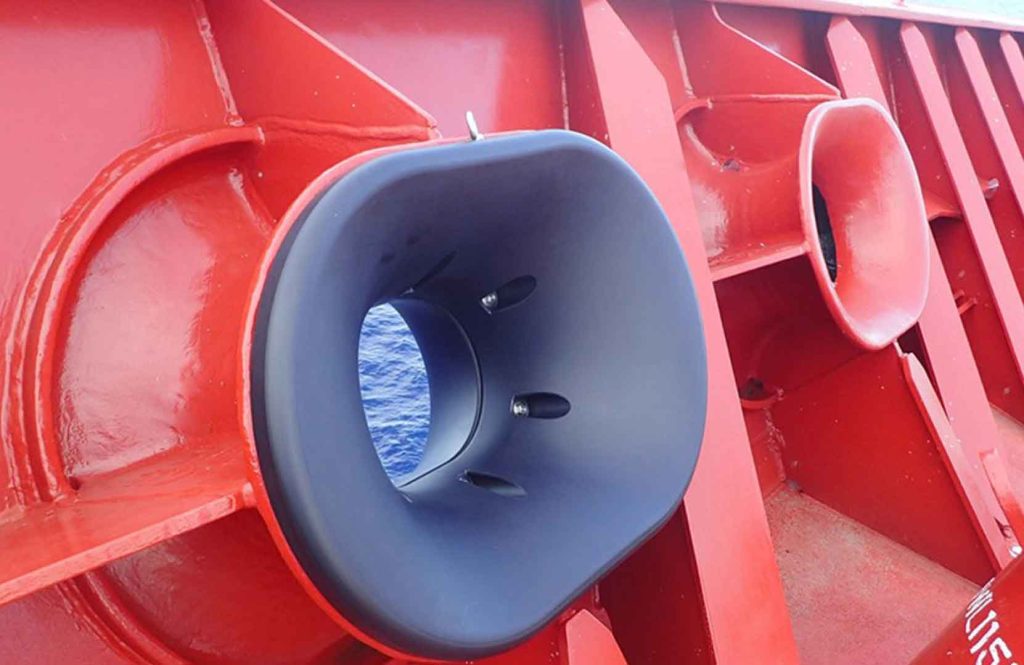
Proper design, material selection, and installation techniques are vital for the reliable and efficient performance of mooring chocks. Adhering to industry guidelines, manufacturer recommendations, and consulting with experts when needed, ensures the safe and effective use of mooring chocks in ship berthing operations.
Maintenance and Inspection Practices for Mooring Chocks
A. Regular Maintenance Routines for Mooring Chocks:
Regular maintenance is essential to ensure the optimal performance and longevity of mooring chocks. Here are some key maintenance routines to consider:
- Cleaning: Regularly clean mooring chocks to remove dirt, debris, and marine growth that can hinder their functionality. Use appropriate cleaning methods and solutions to prevent damage to the chocks or surrounding surfaces.
- Lubrication: Apply lubrication to moving parts, such as rollers or hinges, as recommended by the manufacturer. Lubrication helps to reduce friction, improve operation, and minimize wear and tear.
- Corrosion Protection: Apply anti-corrosion coatings or treatments to protect mooring chocks from the corrosive effects of the marine environment. Regularly inspect the coatings and reapply as needed to ensure continued protection.
- Tightening and Adjustment: Periodically check the tightness of fasteners and connections on mooring chocks. Loose or worn-out fasteners should be tightened or replaced promptly to maintain the integrity and stability of the chocks.
B. Importance of Inspecting Mooring Chocks for Damage or Wear:
Regular inspections are crucial for identifying any damage, wear, or deterioration of mooring chocks. By detecting issues early, appropriate actions can be taken to prevent further damage or potential failures. Some important aspects of mooring chock inspections include:
- Visual Inspection: Conduct visual inspections to check for signs of cracks, deformations, or wear on the chock body, horn, and fasteners. Inspect for any loose or missing components that could compromise the chock’s integrity.
- Load Capacity Assessment: Evaluate the load capacity of the mooring chocks regularly. Check for signs of excessive stress or strain, such as permanent deformation or elongation, which may indicate the need for reinforcement or replacement.
- Surface Condition: Inspect the surface of the mooring chocks for signs of corrosion, pitting, or erosion. Address any corrosion issues promptly to prevent structural compromise or reduced functionality.
- Alignment and Operation: Ensure that mooring chocks are properly aligned and in smooth working condition. Test their operation by simulating mooring line attachment and detachment to ensure they function correctly.
C. Repair and Replacement Considerations for Damaged Mooring Chocks:
When damage or wear is identified during inspections, appropriate repair or replacement actions should be taken. Consider the following:
- Minor Repairs: Minor damages, such as small cracks or superficial wear, may be repaired by qualified personnel using appropriate repair techniques and materials. Follow manufacturer guidelines or consult with experts to ensure proper repair procedures are followed.
- Major Damage: In the case of significant damage that compromises the structural integrity or functionality of the mooring chocks, replacement is often necessary. Promptly replace severely damaged chocks to avoid safety risks and potential failures during berthing operations.
- Component Replacement: If individual components, such as fasteners or rollers, are worn out or damaged, replace them with suitable replacements that meet the manufacturer’s specifications.
- Documentation: Maintain detailed records of inspections, maintenance activities, repairs, and replacements performed on mooring chocks. This documentation helps track the condition of the chocks, plan future maintenance schedules, and ensure compliance with regulatory requirements.
By implementing regular maintenance routines, conducting thorough inspections, and addressing any damage or wear promptly, the reliability, functionality, and safety of mooring chocks can be maintained, contributing to the overall efficiency and effectiveness of ship berthing operations.

